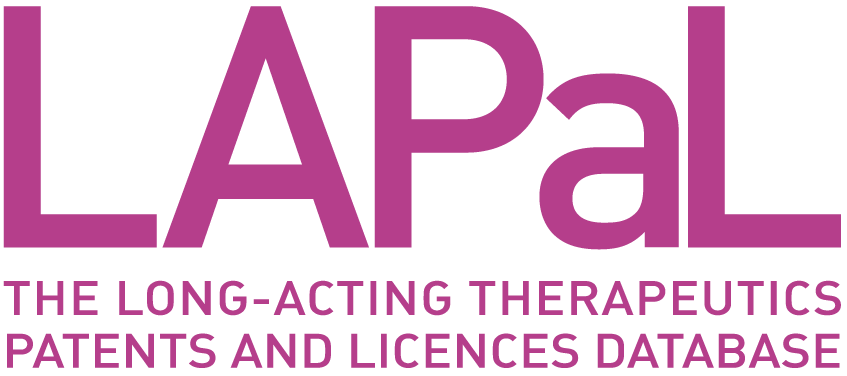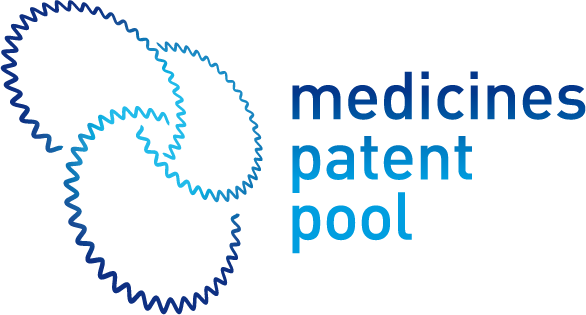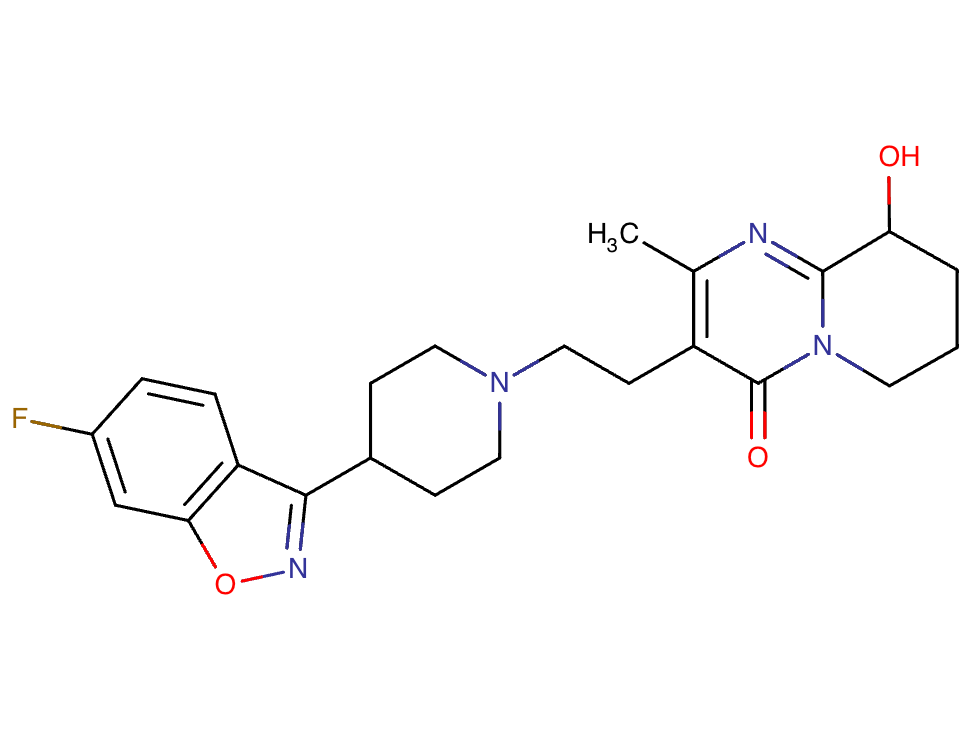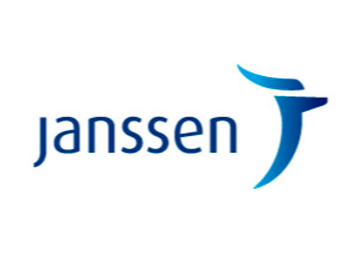
|
Developed by 

|
Supported by 

|

Paliperidone Palmitate Three Monthly (PP3M)
Developer(s)

|
Janssen Pharmaceuticals Originator
https://www.janssen.com/
Belgium Janssen Pharmaceuticals is a subsidiary company of Johnson & Johnson headquartered in Beerse, Belgium. They focus on manufacturing and developing pharmaceutical products for use in areas such as, Immunology, Infectious Diseases & Vaccines, Pulmonary Hypertension, Cardiovascular & Metabolism, Oncology, and Neuroscience. |
Drug structure

Paliperidone Chemical Structure
Sourced From DrugBank
Drug information
Associated long-acting platforms
Nanocrystal technology, Aqueous drug particle suspension
Administration route
Intramuscular
Therapeutic area(s)
Use case(s)
Use of drug
Ease of administration
User acceptance
Not provided
Dosage
Available dose and strength
Not provided
Frequency of administration
Not provided
Maximum dose
Not provided
Recommended dosing regimen
Not provided
Additional comments
Not provided
Dosage link(s)
Not provided
Drug information
Drug's link(s)
Not provided
Generic name
Brand name
Compound type
Summary
Approval status
Regulatory authorities
Delivery device(s)
No delivery device
Scale-up and manufacturing prospects
Scale-up prospects
PP3M is commercially manufactured by Janssen Pharmaceuticals with formulation development provided by Alkermes. The PP3M injectable contains a racemic mixture of (+)- and (-)- of paliperidone, which is joined with palmitic acid through an ester linkage. PP3M, like paliperidone palmitate once-monthly injectable (PP1M), is manufactured using Nanocrystal Technology to improve the dissolution properties of paliperidone palmitate, which is highly insoluble in water. PP3M has an extended dosing interval arising from a higher concentration (312 mg/mL) and an increased nanocrystal particle size.
Tentative equipment list for manufacturing
NanoCrystal® Colloidal Dispersion Nanomill™ apparatus.
Manufacturing
NanoCrystal technology enables intrinsically high loading of insoluble drugs as dosage forms consist mostly of pure API packed as a solid crystal, which is the most efficient form possible in relation to weight-to-volume. Paliperidone palmitate particles are dispersed in an aqueous suspension and transformed into smaller nanocrystals through particle-size reduction. These nanocrystals have a greater surface area than the larger original particles, resulting in increased water solubility. This medicinal product does not require any special storage conditions and has a shelf life of two years.
Specific analytical instrument required for characterization of formulation
Digital microscope and scanning electron microscopy (SEM) to determine shape of the particles. Differential scanning calorimetric (DSC) and Fourier transforms infrared spectroscopy (FTIR) for quality control.
Clinical trials
Not providedExcipients
Proprietary excipients used
No proprietary excipient used
Novel excipients or existing excipients at a concentration above Inactive Ingredients Database (IID) for the specified route of administration
No novel excipient or existing excipient used
Residual solvents used
No residual solvent used
Patent info
There are either no relevant patents or these were not yet submitted to LAPaL
Supporting material
Publications
Daghistani N, Rey JA. Invega Trinza: The First Four-Times-a-Year, Long-Acting Injectable Antipsychotic Agent. P T. 2016 Apr;41(4):222-7. PMID: 27069340; PMCID: PMC4811251.
Paliperidone palmitate three-month injection (Invega Trinza): the first four-times-a-year, long-acting injectable antipsychotic agent for schizophrenia.
Lopez A, Rey J. Role of paliperidone palmitate 3-monthly in the management of schizophrenia: insights from clinical practice. Neuropsychiatr Dis Treat. 2019 Feb 11;15:449-456. DOI: 10.2147/NDT.S140383. PMID: 30804673; PMCID: PMC6375110.
Schizophrenia is a complex, chronic psychiatric disorder associated with reduced quality of life and shortened life span. The majority of patients with schizophrenia will relapse within 1 year following an acute episode. The ultimate goals of treatment are to improve functional capabilities, minimize residual symptoms during periods of remission, and decrease relapse frequency and duration, as each relapse brings with it the possibility of a worsening prognosis. Maintaining therapeutic continuity is essential for long-term, positive patient outcomes in schizophrenia. Medication nonadherence and symptomatic relapses magnify the disease burden associated with this disorder. Medication adherence in chronic disease states generally improves with a decrease in dosing frequency. Long-acting injectable (LAI) antipsychotics were developed to improve patient outcomes secondarily to improving medication adherence. Paliperidone palmitate 3-monthly injection (PP3M) is the only LAI available with a quarterly dosing interval. PP3M has been US Food and Drug Administration-approved for use in the long-term maintenance treatment of schizophrenia in patients already controlled on once-monthly PP LAI (paliperidone palmitate once-monthly injection [PP1M]) for a minimum of 4 months. As current evidence supports the efficacy and tolerability of PP3M compared to PP1M and placebo, PP3M appears to be a viable treatment option for patients previously maintained on PP1M. However, to truly establish the place of PP3M in therapy relative to other oral antipsychotics and LAIs, more research is needed. This narrative review aims briefly to describe the pharmacotherapeutic characteristics of PP3M and summarize current literature pertaining to the use of PP3M in the management of schizophrenia.
Additional documents
No documents were uploaded
Access principles
|
|
Collaborate for developmentConsider on a case by case basis, collaborating on developing long acting products with potential significant public health impact, especially for low- and middle-income countries (LMICs), utilising the referred to long-acting technology Not provided |
|
|
Share technical information for match-making assessmentProvide necessary technical information to a potential partner, under confidentiality agreement, to enable preliminary assessment of whether specific medicines of public health importance in LMICs might be compatible with the referred to long-acting technology to achieve a public health benefit Not provided |
|
|
Work with MPP to expand access in LMICsIn the event that a product using the referred to long-acting technology is successfully developed, the technology IP holder(s) will work with the Medicines Patent Pool towards putting in place the most appropriate strategy for timely and affordable access in low and middle-income countries, including through licensing Not provided |
Comment & Information
Paliperidone is an atypical antipsychotic drug indicated for the treatment of both schizophrenia & schizoaffective disorder. Paliperidone is the primary active metabolite of risperidone and functions by strongly binding to dopaminergic D2- and serotonergic 5-HT2-receptors and selectively blocking monoamine effects. Although paliperidone is a potent D2-antagonist, it has less of impact on motor function and catalepsy than traditional neuroleptics. Paliperidone palmitate is the palmitate ester prodrug of paliperidone and displays modest solubility in polar solvents. Several long-acting injectable aqueous nanocrystal formulations of paliperidone palmitate are available as once-monthly (PP1M), three-monthly (PP3M) and six-monthly (PP6M) extended-release suspensions for intramuscular injection.